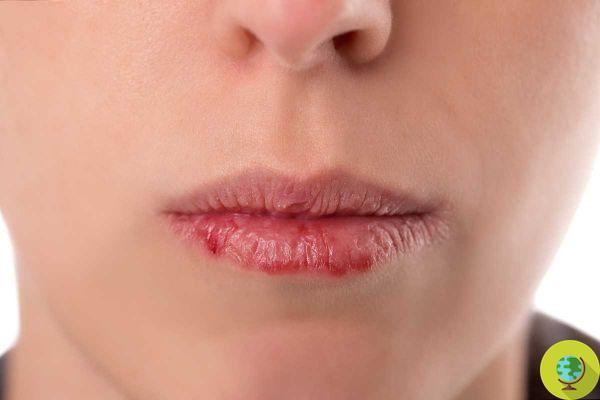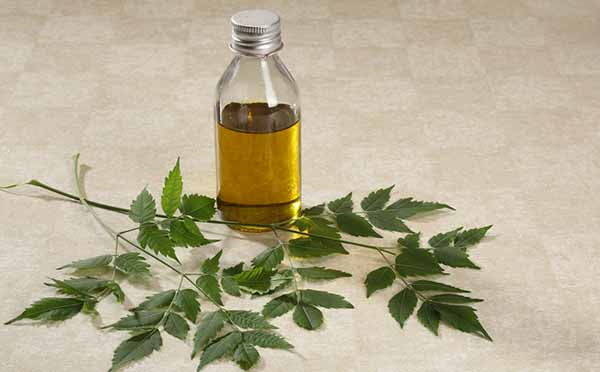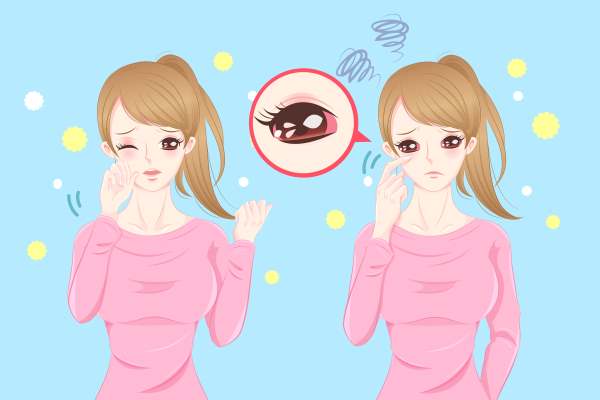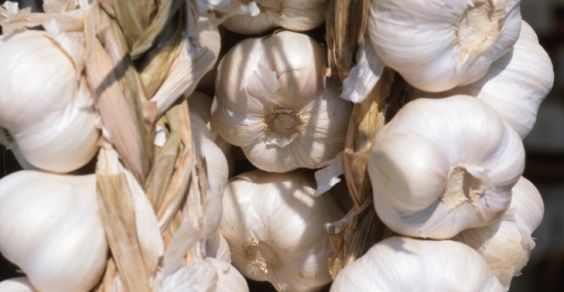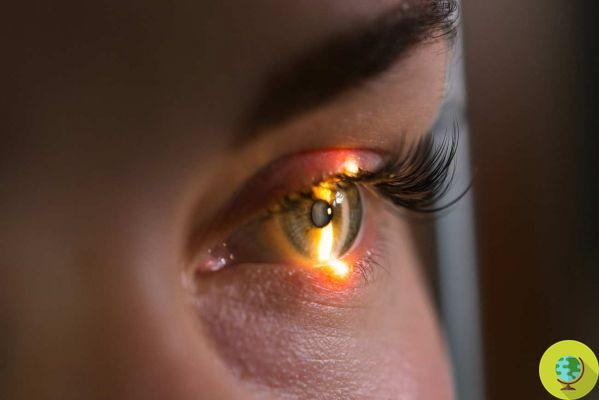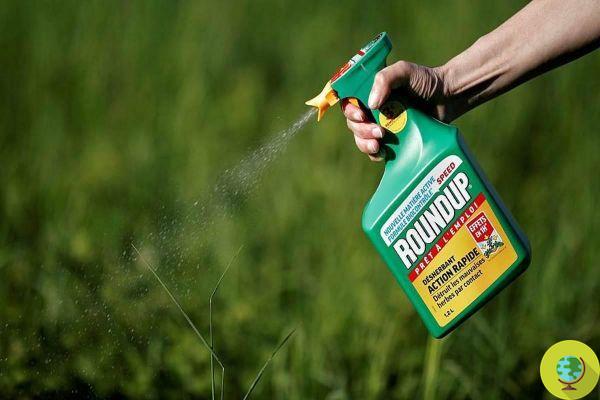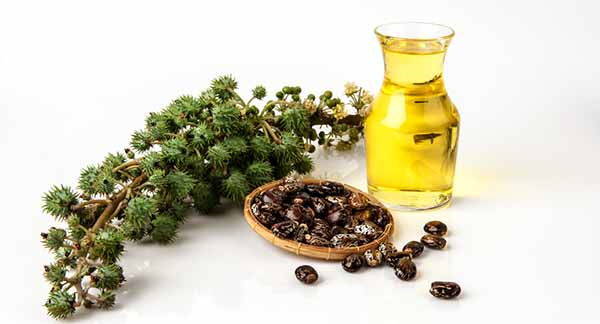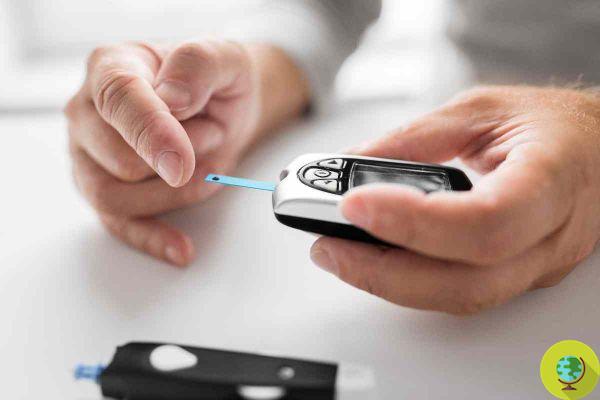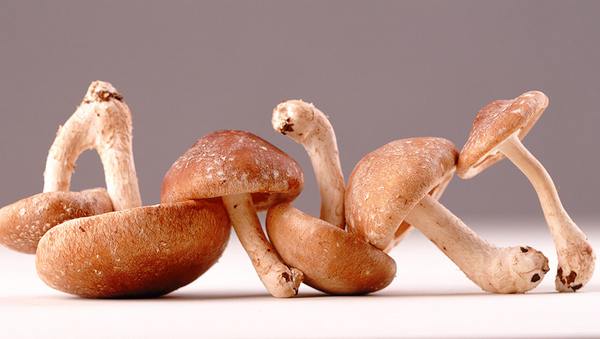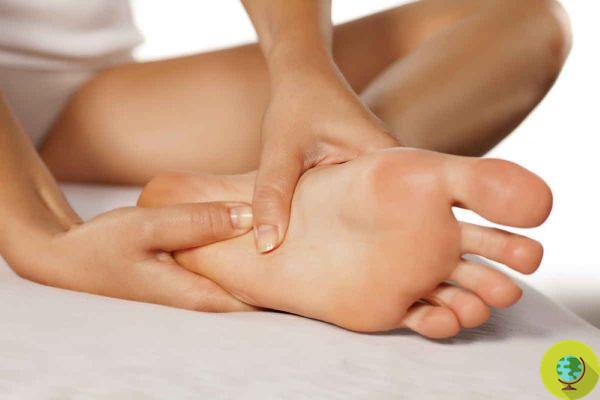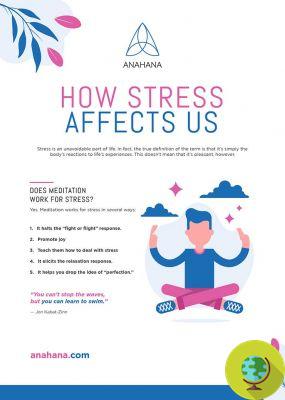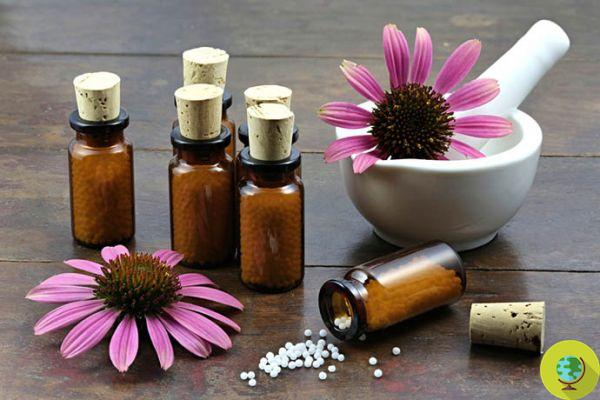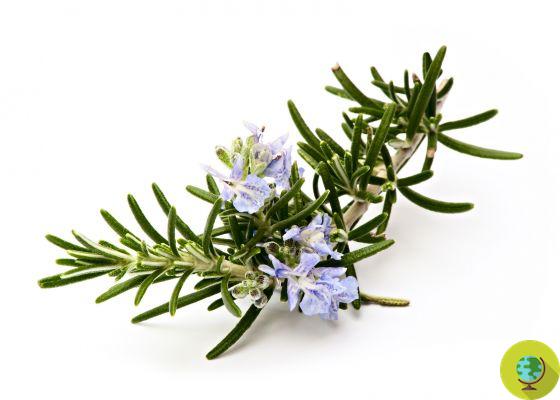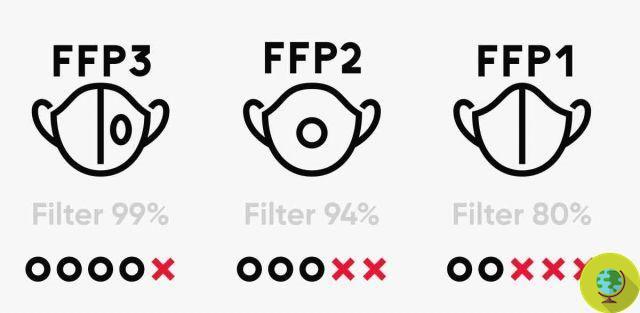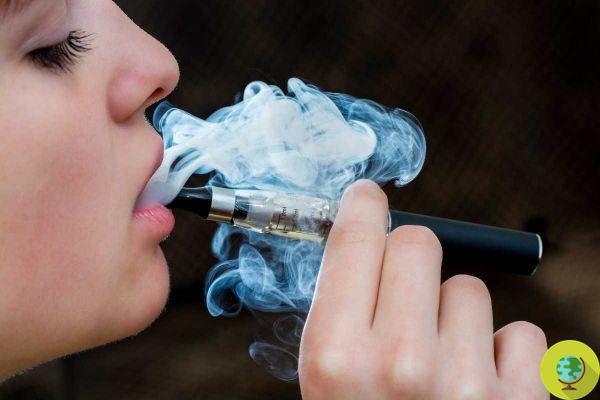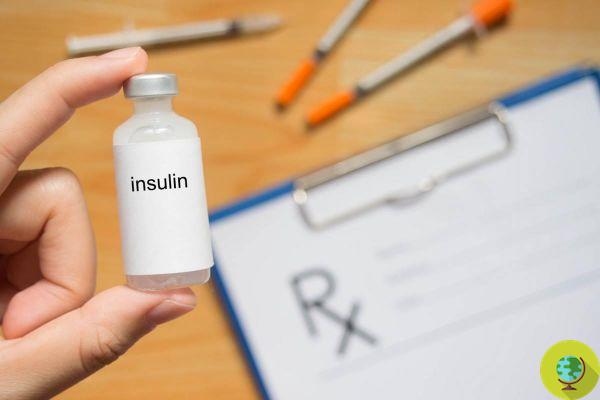Most of the products we use for make-up are contaminated with potentially deadly bacteria due to poor hygiene
Don't store avocado like this: it's dangerousWhen we think of places where the most bacteria lurk, we probably think of visibly dirty bathrooms, public transport, or objects. Perhaps no one would ever imagine that among the favorite products from harmful bacteria there are ones we use every day for the make up.
A group of researchers were equally astonished when, analyzing lipsticks and mascara, they discovered the presence of life-threatening bacteria in 9 out of 10 beauty products.
The research was carried out by Aston University and covered 467 make-up products in use among women in the UK.
The results showed that between 70 and 90% of lipsticks, lip glosses, eyeliner, mascara and make-up sponges were contaminated with Staphylococcus aureus, Escherichia coli and Citrobacter freundii.
By far the most contaminated products are the sponges with which the foundation is applied: Researchers found fecal matter in 26% of the beauty blenders tested.
Le sponges for applying make-up they are a relatively new product that quickly made its way into the world of beauty and that today seems indispensable: since they were put on the market, it is estimated that around 6,5 million make-up sponges have been sold.
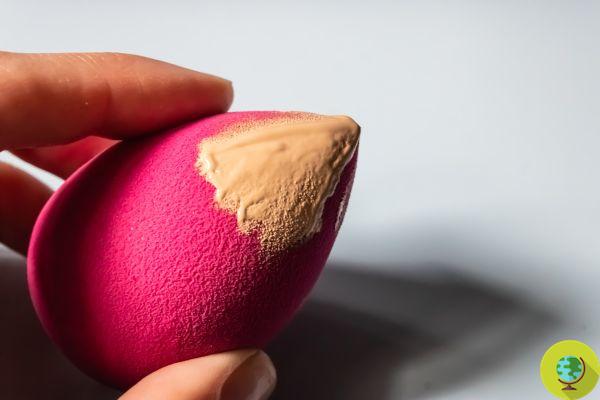
Researchers have found that these sponges are particularly vulnerable to bacterial contamination, as they are often moistened before use and they are not washed after using them, creating a perfect environment for the proliferation of harmful bacteria, as is the case with the sponges we use to wash dishes.
The study indeed found that 93% of the beauty blenders had not been cleaned after use and that in most cases, make-up sponges continue to be used without washing them, even if they fall to the floor, collecting dirt and bacteria.
I bacteria found in sponges and cosmetic products they can cause diseases ranging from skin infections to systemic infections if the products are used near the eyes, mouth, cuts or grazes.
Taking into account all the packaging waste used to package make-up, the largely harmful ingredients with which they are formulated and their susceptibility to bacterial contamination, the ideal would be simplify your beauty routine, buying fewer cosmetics and using them by the expiration date, never beyond.
Furthermore, it is imperative that consumers lend attention to the hygiene of cosmetic products that they use. For example, before applying makeup you need to wash your hands and face thoroughly.
Lipsticks, eye shadows and powders should not be touched directly with the hands to avoid contaminating the whole product: it is better to use brushes, which must then be washed carefully.
Le sponges for applying makeup they must be washed with soap after use and allowed to dry between one use and the next, to avoid creating a soil conducive to the growth of harmful microorganisms.
With these simple tricks it is possible reduce contamination of make-up products and decrease the risks associated with the presence of harmful bacteria in cosmetics.
Read also:
- Where to throw away and how to reuse old cosmetics
- Cosmetics: New Canadian shock study reveals heavy metals hidden in popular products
- Electric toothbrush: how to protect yourself from bacteria




